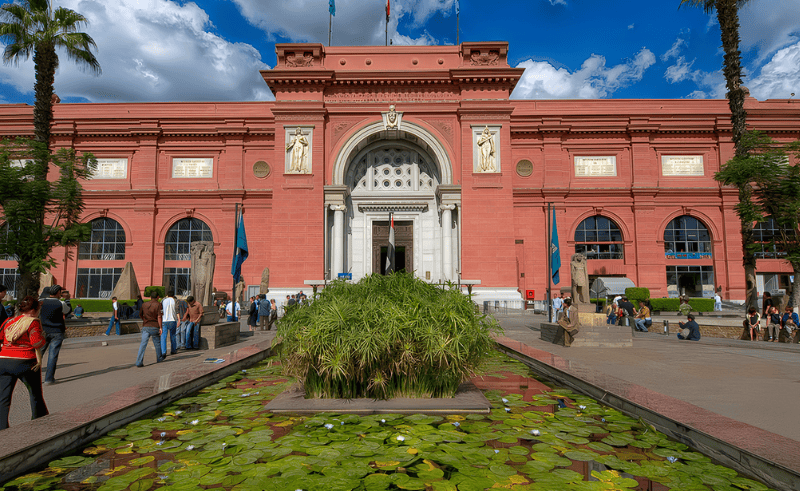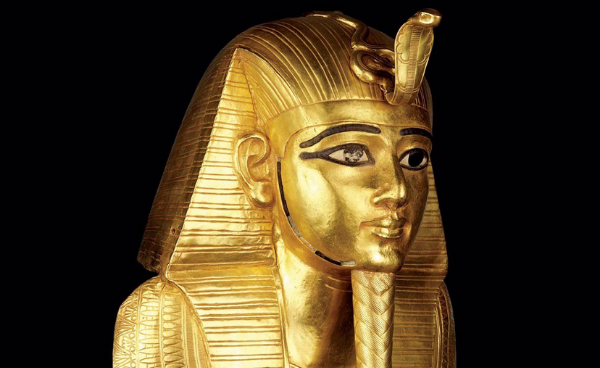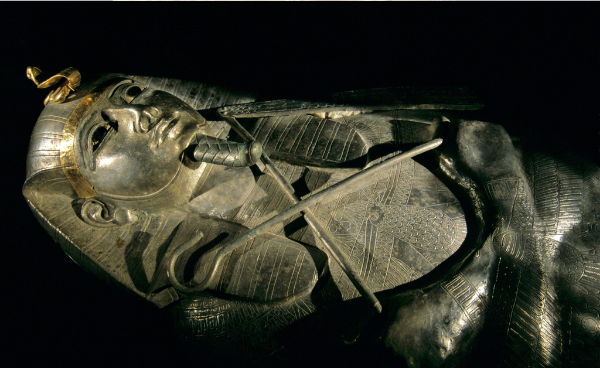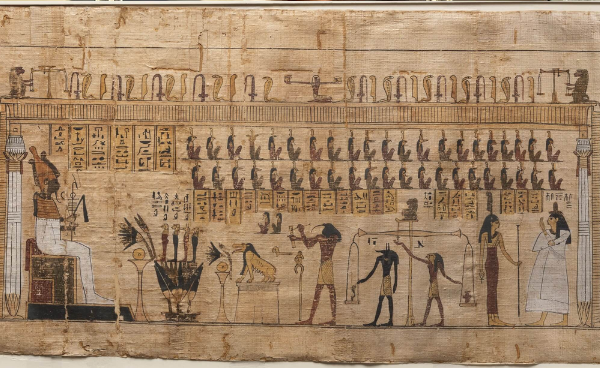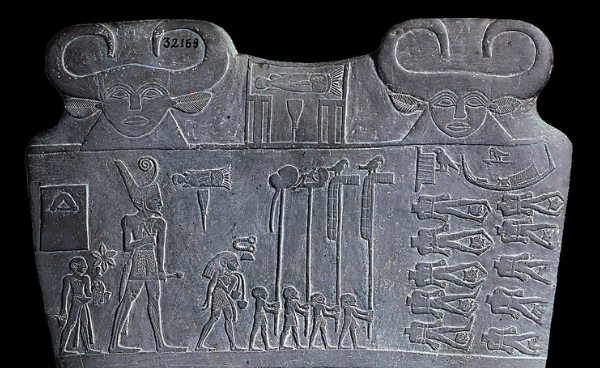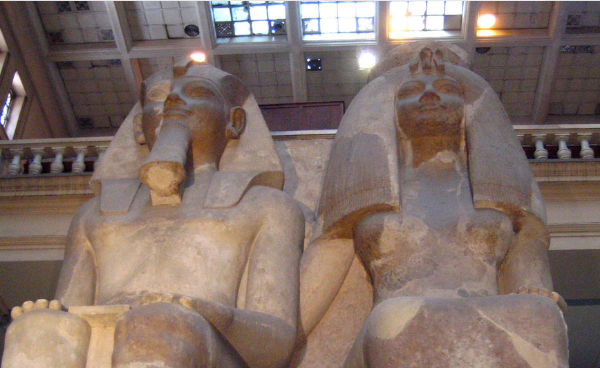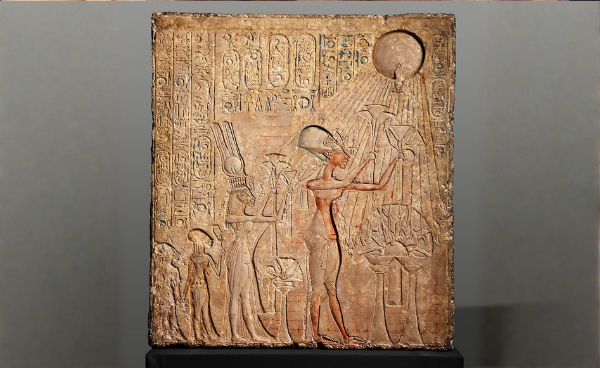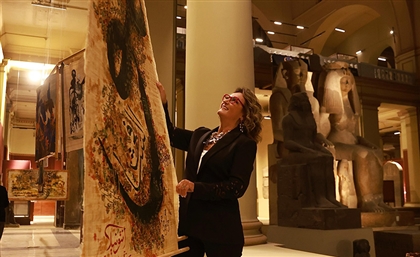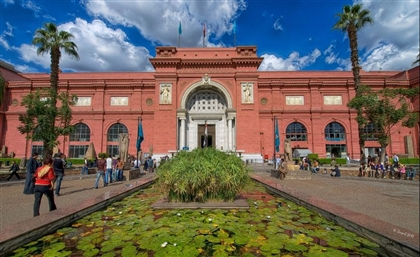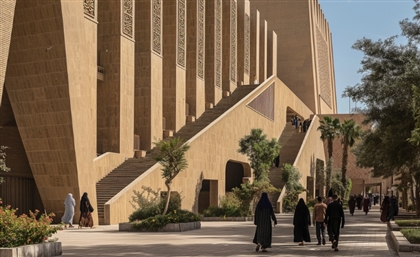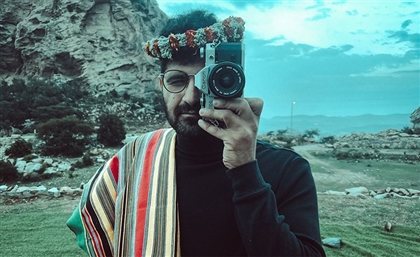Long before the Grand Egyptian Museum, the jewel in Egypt’s antiquities crown was the Egyptian Museum in Tahrir, and it remains well worth a visit.
As the opening of the Grand Egyptian Museum (GEM) captured the world’s attention earlier this month, interest in Egypt’s ancient artefacts and the museums that house them has been reignited. After all, the GEM is not only the world’s largest museum dedicated to a single civilisation, but also an architectural marvel in its own right. Yet long before the GEM existed, the jewel in Egypt’s antiquities crown was the Egyptian Museum in Tahrir, and it remains very much worth a visit.
Opened in 1902—before such discoveries as Tutankhamun’s tomb and the Bust of Nefertiti—the Egyptian Museum in Tahrir is the oldest national museum in the Middle East and North Africa. It was also among the first in the world to be purpose-built, while other national museums like the British Museum and the Louvre were housed within existing historical structures. For this and other reasons, the museum is currently on UNESCO’s World Heritage Tentative List, an honour that, if granted, would make it Egypt’s eighth World Heritage site.
Located in Downtown Cairo, the museum’s rose-hued neoclassical façade and sunlit halls feel like a callback to the early days of archaeology and exploration. The museum holds over 180,000 artefacts, offering not a meticulously curated, narrative-driven experience but an overwhelming abundance of history.
While it may no longer house Tutankhamun’s iconic gold mask, here are eight artefacts you shouldn’t miss at the Egyptian Museum in Tahrir, some of the greatest archaeological discoveries housed in the heart of the city.
Golden Mask of King Psusennes I
Rivalling Tutankhamun’s tomb in grandeur, one room inside the Egyptian Museum in Tahrir is dedicated to the ‘Treasures of Tanis’, the Nile Delta city that was once the capital of Egypt during the Third Intermediate Period (c.1069-747 BC). Among the most iconic of these treasures is the Funerary mask of King Psusennes I, made with solid gold and inlaid with lapis lazuli.
Silver Sarcophagus of King Psusennes I
Despite his golden funerary mask, King Psusennes I is more famous as ‘The Silver Pharoah.’ The reason for this is his sarcophagus, which, unlike most sarcophagi from ancient Egypt, is made almost entirely from silver (a metal rarer than gold in ancient Egypt). This unique sarcophagus is also located within the ‘Treasures of Tanis’ room at the Egyptian Museum.
Yuya and Thuya
Yuya and Thuya were the parents of Queen Tiye, the New Kingdom queen whose hair caused a stir in 2021 for its remarkably well-preserved condition. Although Queen Tiye was moved alongside Egypt’s most famous mummies to the National Museum of Egyptian Civilization during the Pharaohs Golden Parade, the mummies of her parents remain at the Egyptian Museum.
The tomb of Yuya and Thuya was discovered in the Valley of the Kings in Luxor and was considered, until the discovery of King Tutankhamun’s tomb (who was their great-grandson), the most well-preserved in the Valley. Upon discovery, the mummies were wearing cartonnage masks covered with gold leaf, which are also on display in the Museum.
Book of the Dead Scroll
Also found within Yuya and Thuya’s tomb was this 19-meter-long papyrus scroll, which depicts from left to right contents from the Book of the Dead in cursive hieroglyphics. The Book of the Dead was an ancient text containing spells and rituals intended to help the deceased survive in the underworld, and is often illustrated with scenes of burials and funerary processions. Although this is not the only Book of the Dead scroll on display around the world, it is among the longest and most complete.
Statue of King Djoser
The oldest Egyptian life-size statue ever found belongs to Djoser, the first ruler of Egypt’s third dynasty and the king for whom the Step Pyramid in Saqqara—the oldest pyramid in all of Egypt—was built. The Step Pyramid predates the Great Pyramid of Giza by several centuries and is considered its prototype.
Djoser’s limestone statue was discovered inside his pyramid in 1924 by the Egyptian Antiquities Service. Although the statue was originally painted, very little remains of the original colour today.
The Narmer Palette
Known as the oldest historical document in the world, the Narmer Palette dates from c. 3100 BC and contains some of the earliest hieroglyphic inscriptions ever found. It is thought to depict the unification of Upper and Lower Egypt by King Menes (Narmer), an event which marked the start of dynastic Egypt. The palette, which was discovered in 1898 near Aswan, measures 64cm in height and 42cm in width.
Colossal statue of Amenhotep III and Tiye
Greeting you as you enter the Egyptian Museum in Tahrir, this 7-meter-tall statue depicts King Amenhotep III and Queen Tiye along with three of their daughters. It is the largest artefact in the entire museum, and was discovered in pieces by French archaeologist Auguste Mariette in 1839.
Limestone Relief of Akhenaten and Nefertiti Worshipping Aten
This New Kingdom relief depicts King Akhenaten and his wife, Queen Nefertiti, worshipping the sun god Aten alongside two of their daughters. Akhenaten was a highly influential Pharaoh who promoted a return to the more monotheistic ways of the Old Kingdom. Under his rule, Aten was elevated to the position of a supreme deity, but this proved to be short-lived. After Akhenaten’s death, subsequent rulers returned to the more traditional polytheistic belief system of the Middle and New Kingdoms.
